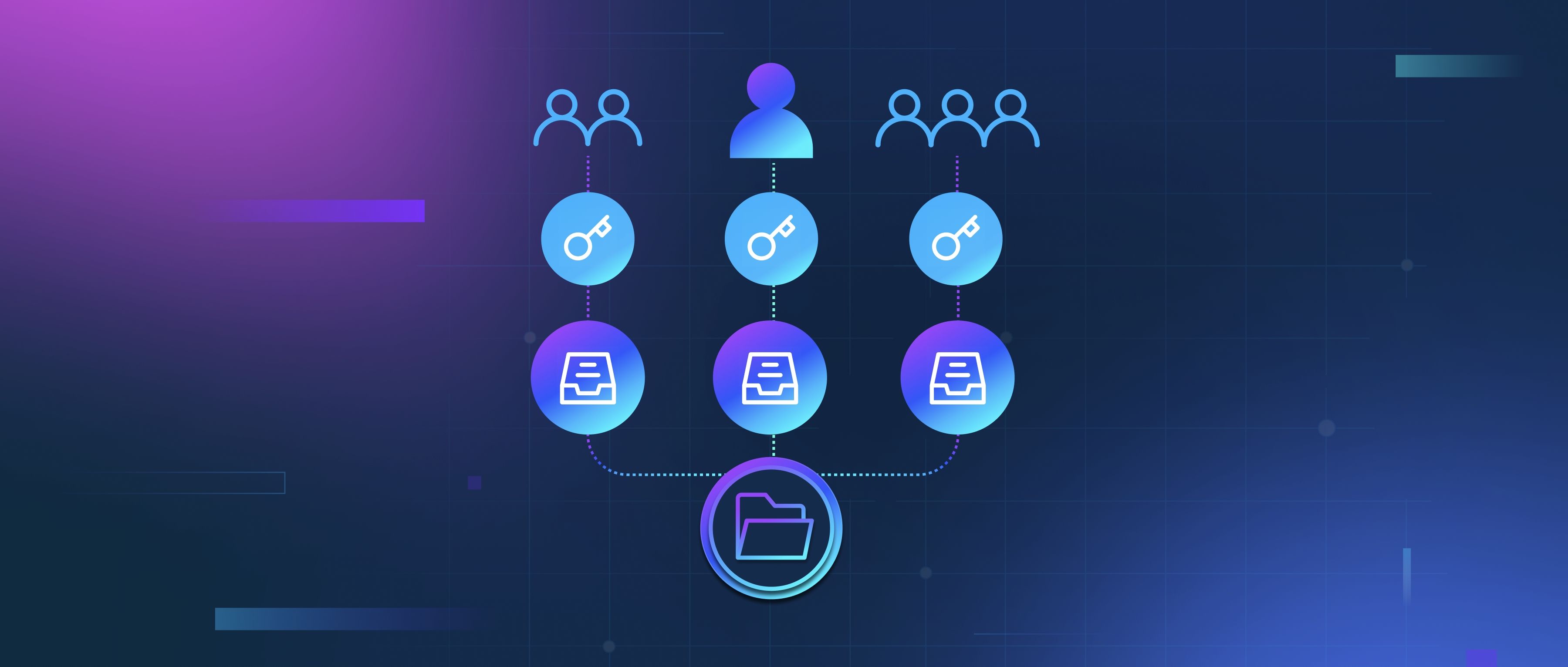Implementing non-linear beta schedules primarily involves manipulating the learning rate and weight updates in a training regimen for machine learning models. A beta schedule determines how the "beta" parameter (which often controls aspects like the learning rate or noise level in optimization algorithms) changes over time during training. Instead of using a linear schedule, where the beta value changes uniformly, a non-linear schedule will alter the beta according to a specific curve, such as exponential or logarithmic functions. This can lead to more stable training and improved model performance.
To implement a non-linear beta schedule, you first need to define the specific mathematical function that governs how the beta values change over epochs or iterations. For example, you might choose an exponential decay function: ( \beta(t) = \beta_0 \cdot e^{-\lambda t} ), where ( \beta_0 ) is the initial beta value, ( \lambda ) is a decay rate, and ( t ) is the current epoch. Alternatively, a polynomial function like ( \beta(t) = \beta_0 \cdot (1 - t/T)^p ) can be used, where ( T ) is the total number of epochs and ( p ) determines the shape of the curve. The actual choice depends on the specific needs of your project and empirical testing.
Once you define your schedule, the next step is to integrate it into your training loop. Many frameworks allow you to define learning rate schedulers or weight update rules, which can be adapted to use your non-linear function. For instance, in PyTorch, you can create a custom learning rate scheduler that computes the beta value for each iteration, adjusting your optimizer accordingly. Similarly, in TensorFlow, you can use callbacks to dynamically adjust parameters based on the defined schedule. After coding the implementation, monitor the training process through metrics such as loss or accuracy to fine-tune the parameters of your beta schedule for optimal results.
